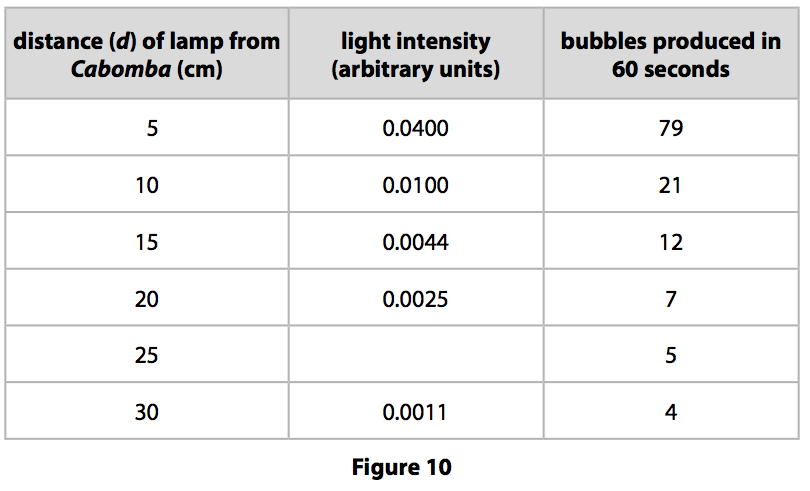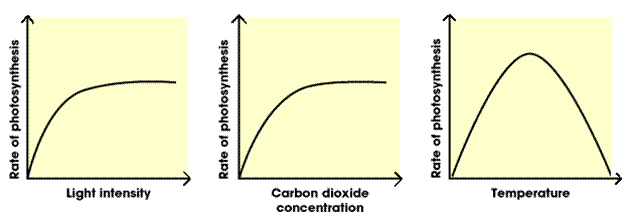OCR GCSE Biology A Unit 1: Cell Level Systems
Unit 1: Cell Level Systems
Cell Structure
Light Microscope:
Used to view whole cells or large subcellular structures of the cell.
Method of usage:
Specimen placed on a glass slide
Stains used to color entire cells and its structures to make them more visible
Coverslip placed on top
Glass slide with coverslip placed on stage of the microscope
Use eyepiece and objective lenses to magnify the object
Use lamp to illuminate the visual area
Magnification calculation:
(Magnification of Eyepiece Lens) x (Magnification of Objective Lens)
Electron Microscope:
Used to view subcellular structures more clearly and in more depth.
Has a higher resolution, compared to Light Microscope.
Works by using a beam of electrons.
Specimen placed into a vacuum chamber to be observed.
Electromagnets are used in place of lenses.
Subcellular Structures:
Common structures found both in animal and plant cells:
Nucleus - controls the cell and contains genetic material.
Cytoplasm - this is the site where most chemical reactions occur.
Cell membrane - a barrier controlling the movement of substances into and out of the cell.
Mitochondria - contains enzymes which are responsible for carrying out cellular respiration and are the sire of respiration.
Plant cells also contain:
Cell wall - made up of cellulose and gives the cell structural support.
Vacuole - containing cell sap and provides support.
Chloroplasts - site of photosynthesis and it contains chlorophyll which is green.
Types of cells:
Prokaryotes - nuclear material lies freely within the cytoplasm, it may also contain additional DNA called plasmids. (e.g. bacteria)
Eukaryotes - contain a nucleus enclosed by a nuclear membrane, cell walls only present in plant cells. (e.g . human cheek cell, amoeba, plant cells.)
What Happens in Cells
DNA:
DNA which stands for Deoxyribonucleic acid, is a polymer which is made up of two strands to form a double helix.
Each of its strands is made up of nucleotides.
Each nucleotide consists of:
Sugar
Phosphate group
Base
DNA is made from four different nucleotides: Adenine [A], Thymine [T], Cytosine [C], Guanine [G].
The two strands form by complementary base pairing in which A pairs with T and C pairs with G.
Protein Synthesis:
Protein - chain of amino acids
Amino acid order is important in determining the protein that is made.
A sequence of three nucleotides is called a triplet.
Each triplet codes for a specific amino acid.
Protein synthesis involves the processes of transcription and translation:
- Transcription:
Takes place in the nucleus.
The part of the DNA coding for a specific protein unzips.
Complementary strand of messenger RNA (mRNA) is formed on one DNA strand.
The mRNA falls off and enters the cytoplasm
- Translation:
Takes place in the cytoplasm.
The mRNA attaches to a ribosome.
Transfer RNA (tRNA) acts as a carrier of amino acids.
Transfer RNA (tRNA) carries the specific amino acid for each triplet code.
Enzymes:
Enzymes - biological catalysts which speed up a chemical reaction inside organisms.
They are made up of proteins and the amino acid chain is folded so that it makes a shape specifically into which substrate can fit into.
Active site - the site at which substrates fit into the enzyme.
Enzymes are specific to which substrate molecule can fit in, this is called the ‘lock and key’ model.
When enzymes denature they lose their shape and the substrate no longer fits into the active site, as a result the enzyme doesn’t work.
Factors Affecting Enzyme Controlled Reactions:
The rate of enzyme controlled reactions are affected by:
1. Temperature
High temperatures can cause enzymes to denature which means they change shape.
At low temperatures the rate of reaction is slowed down as there is less energy given to the particles.
2. pH
Specific enzymes show highest enzyme activity at specific pH.
3. Substrate concentration
As the substrate concentration increases, the rate of the enzyme activity also increases.
4. Enzyme concentration
As enzyme concentration increases, the rate of enzyme activity increases.
Respiration
Cellular Respiration:
Cellular respiration occurs inside plant and animal cells.
It is a continuous process, controlled by enzymes.
It is an exothermic reaction which which means it releases energy to the surroundings in the form of ATP (Adenosine Triphosphate).
Aerobic Respiration:
Aerobic respiration is respiration that occurs in the presence of oxygen.
Glucose + Oxygen → Carbon Dioxide + Water (+ Energy Released)
Anaerobic Respiration:
Anaerobic respiration is respiration that occurs without the presence of oxygen.
This type of respiration produces lactic acid as a product and this occurs in animal cells.
This process happens when oxygen cannot be delivered to cells quick enough.
Oxygen debt - oxygen which must be paid back in order to get of the lactic acid build up in cells when exercise stops.
This explains rapid breathing rate.
Glucose → Lactic Acid (+ Energy Released)
In yeast, anaerobic respiration forms ethanol:
Glucose → Carbon Dioxide + Ethanol (+ Energy Released)
Breakdown of Biological Molecules:
We consume carbohydrates, proteins and lipids through our diet.
These are all large molecules known as polymers.
In a process known as digestion, they are broken down into smaller molecules using enzymes, called monomers.
Fats are digested by being broken down into small droplets in a process known as emulsification.
Fats are emulsified in the small intestine using a substance called bile.
Enzymes:
Carbohydrase: breaks down carbohydrate into glucose.
Protease: breaks down proteins into amino acids.
Lipase: breaks down lipids (fats) into fatty acids and glycerol.
Synthesis of Biological Molecules:
The simpler products of digestion which are, glucose, amino acids, glycerol and fatty acids, are delivered to cells via the blood.
In cells, glucose are needed in respiration to provide energy.
In cells, amino acids are needed to make proteins.
In cells, glycerol and fatty acids are needed to make useful lipids.
This breakdown of proteins, carbohydrates and lipids gives us the building blocks to synthesize many different types of various other molecules that are required for our body to function properly.
Photosynthesis
Plants use photosynthesis to make their own food.
They do this by trapping light coming from the Sun to combine carbon dioxide with hydrogen to make glucose.
This glucose is then used to make larger molecules, such as complex carbohydrates and proteins.
These resulting products are then used by animals in the food chain.
Carbon Dioxide + Water → Glucose + Oxygen [using light energy and chlorophyll]
Photosynthesis is an endothermic reaction which means absorbing heat energy from surroundings.
Photosynthesis is a process that occurs inside chloroplasts of plant cells, which have chlorophyll.
Investigating Photosynthesis:
A good visual representation to show photosynthesis is when gas bubbles up from Cabomba which is a type of pond ween.
This experiment can be used to investigate how the intensity of light or the temperature of water in which it is placed affects the rate of photosynthesis.

A student carried out an experiment to see how light affects photosynthesis.
They set up the apparatus as shown in the image above, placing the lamp at different distances and recording the number of bubbles produced in 5 minutes.

Evaluation of the experiment:
Smaller distance intervals would have been more useful because there were not many bubbles after 5cm.
Difficult to count bubbles at 0cm because bubbles moving too fast, a method that would have worked better would be to collect the gas bubbles and measure the volume of gas.
Factors Affecting Photosynthesis:
Photosynthesis occurs at an optimum temperature of 30°C.
At 45°C, enzymes will begin to denature.
Increased carbon dioxide concentration will result in an increase in the rate of photosynthesis.
Light intensity follows an inverse square law:
i.e. If you double the distance, you quarter the light intensity
In the experiment above, the inverse number of the distance should be used to measure the light intensity.

In the first graph, you can see that the rate stops increasing and hits a plateau, this is because temperature or carbon dioxide concentration becomes a limiting factor here.